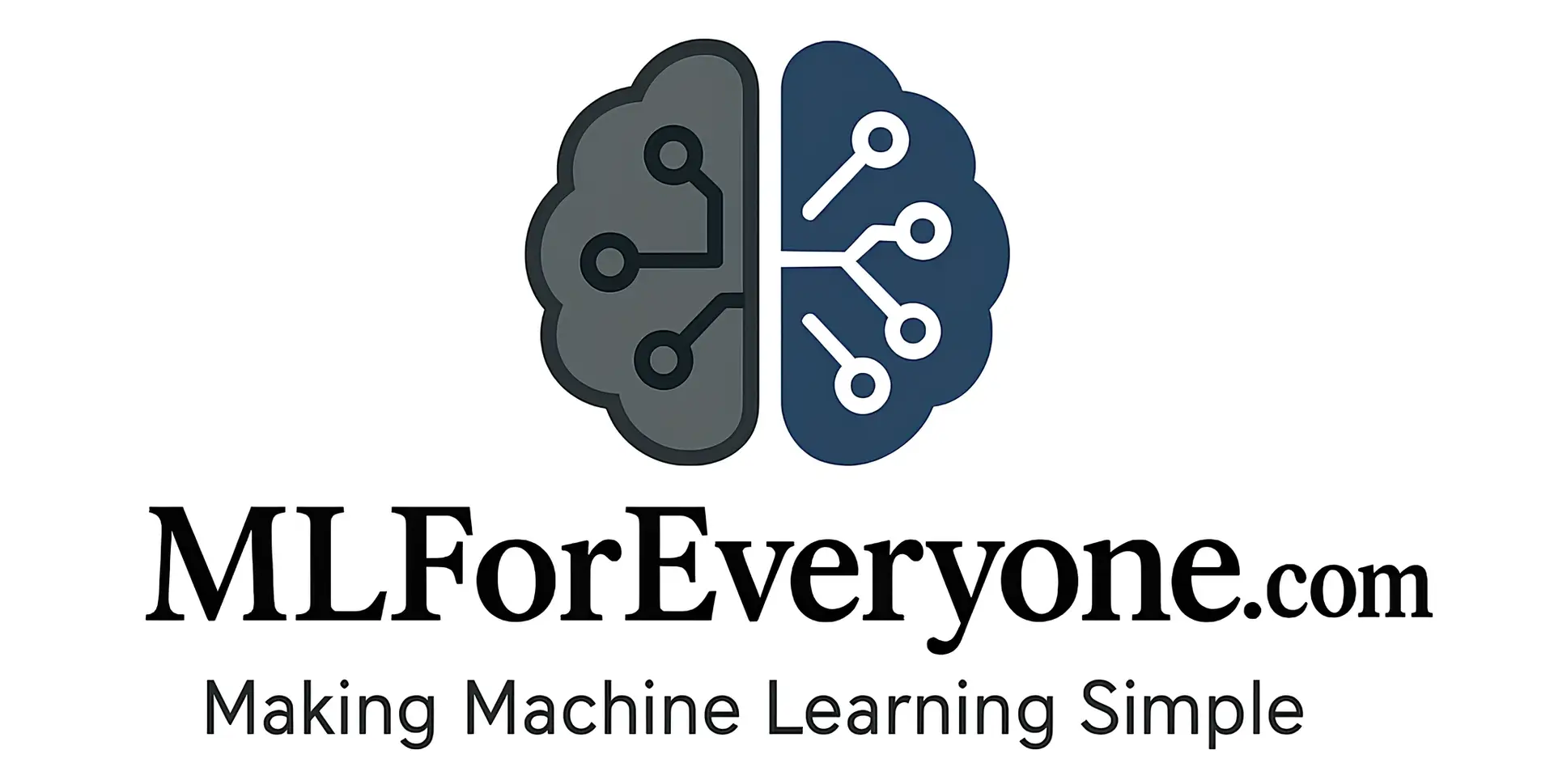Introduction to Deep Learning Frameworks
Deep learning is transforming artificial intelligence (AI), powering innovations like self-driving cars, voice assistants, and advanced image recognition. At the heart of these breakthroughs are deep learning frameworks—essential tools that simplify the process of building, training, and deploying neural networks. For readers of mlforeveryone.com, understanding these frameworks is a key step toward mastering machine learning, whether you’re a beginner or looking to level up your AI skills.
In this review, we’ll explore the most popular deep learning frameworks of 2025: TensorFlow, PyTorch, Keras, XGBoost, and LightGBM. We’ll break down their features, strengths, weaknesses, and real-world applications to help you choose the best tool for your projects. Let’s dive into this comprehensive guide to the best AI tools for deep learning enthusiasts!
TensorFlow: The Powerhouse of Deep Learning
What Is TensorFlow?
Developed by Google and released in 2015, TensorFlow is a leading open-source framework trusted by industry giants and hobbyists alike. It’s known for its ability to scale from small experiments to massive production systems, making it a staple in the AI tools landscape.
Key Features
- Scalability: Handles everything from small datasets to enterprise-level workloads.
- Versatility: Supports Python, C++, Java, and deployment on mobile, web, and cloud platforms.
- High-Level APIs: Includes Keras integration for simpler coding.
- Ecosystem: Offers tools like TensorBoard for visualization and TensorFlow Lite for mobile use.
Pros and Cons
- Pros:
- Ideal for production with robust scalability.
- Massive community support and detailed documentation.
- Integrates seamlessly with Google Cloud.
- Cons:
- Steeper learning curve for newcomers.
- Can feel verbose compared to simpler frameworks.
Real-World Applications
- Image Recognition: Powers Google Photos’ object detection.
- NLP: Drives Google Translate and sentiment analysis tools.
Why Choose TensorFlow? If you’re aiming for a scalable, production-ready solution, TensorFlow is one of the best deep learning frameworks available.
PyTorch: Flexibility for Research and Beyond
What Is PyTorch?
Launched by Facebook’s AI Research lab in 2016, PyTorch has become a favorite among researchers and developers for its intuitive design. Its dynamic computational graph sets it apart, offering flexibility that’s hard to beat.
Key Features
- Dynamic Graph: Adjusts models on the fly, simplifying debugging and experimentation.
- Python-Centric: Feels natural for Python users.
- Research-Friendly: Preferred for cutting-edge AI projects.
Pros and Cons
- Pros:
- Beginner-friendly with an intuitive workflow.
- Perfect for research and rapid prototyping.
- Growing community with plenty of tutorials.
- Cons:
- Less optimized for production compared to TensorFlow.
- Limited multi-language support.
Real-World Applications
- Research: Fuels academic papers and experimental models.
- Prototyping: Ideal for testing AI concepts quickly.
Why Choose PyTorch? If you’re exploring innovative ideas or comparing PyTorch vs TensorFlow, its ease of use makes it a top pick for creative projects.
Keras: The Beginner’s Gateway to Deep Learning
What Is Keras?
Keras is a high-level API that simplifies neural network creation. Originally a standalone project, it’s now integrated into TensorFlow, offering a user-friendly entry point into the world of machine learning software.
Key Features
- Simplicity: Clean, intuitive interface for fast model building.
- Modularity: Easy to tweak and experiment with architectures.
- Backend Support: Runs on TensorFlow, Theano, or CNTK.
Pros and Cons
- Pros:
- Perfect for beginners with minimal coding complexity.
- Great for quick prototyping and learning.
- Well-documented with accessible resources.
- Cons:
- Less control for advanced users.
- Not as efficient for massive models.
Real-World Applications
- Education: Used in beginner AI courses and tutorials.
- Prototyping: Speeds up initial model development.
Why Choose Keras? For those new to AI tools, Keras is a fantastic starting point among deep learning frameworks.
XGBoost: Mastering Structured Data
What Is XGBoost?
XGBoost (Extreme Gradient Boosting) isn’t a traditional deep learning framework but a powerhouse in machine learning. Known for its gradient boosting prowess, it excels with structured data and has dominated data science competitions.
Key Features
- Gradient Boosting: Builds models iteratively for top-tier accuracy.
- Speed: Optimized for performance on large datasets.
- Customizability: Offers various tuning options.
Pros and Cons
- Pros:
- Unmatched performance on structured data.
- Scales well for big projects.
- Strong community backing.
- Cons:
- Complex setup for novices.
- Less suited for unstructured data like images.
Real-World Applications
- Competitions: A go-to for Kaggle winners.
- Business: Used in fraud detection and predictive analytics.
Why Choose XGBoost? If your focus is structured data, XGBoost ranks among the best AI tools for precision and speed.
LightGBM: Speed Meets Scale
What Is LightGBM?
Developed by Microsoft, LightGBM (Light Gradient Boosting Machine) takes gradient boosting to the next level with blazing speed and efficiency. It’s designed for large-scale tasks and outperforms many peers.
Key Features
- High Speed: Faster training than XGBoost.
- Low Memory Use: Handles huge datasets efficiently.
- Categorical Support: Simplifies preprocessing.
Pros and Cons
- Pros:
- Lightning-fast for big data projects.
- Resource-efficient design.
- Easy-to-use interface.
- Cons:
- Younger framework with fewer features than XGBoost.
- Python-focused with limited language options.
Real-World Applications
- Big Data: Powers recommendation systems and large-scale analytics.
- Real-Time: Enables fast predictions in ad tech.
Why Choose LightGBM? For speed and scalability, LightGBM is a rising star in machine learning software.
Conclusion:
Choosing the right tool from this review of the most popular deep learning frameworks depends on your goals:
- TensorFlow: Best for production and scalability.
- PyTorch: Ideal for research and flexibility.
- Keras: Perfect for beginners and quick prototypes.
- XGBoost: Top-tier for structured data tasks.
- LightGBM: Unbeatable speed for large datasets.
For the mlforeveryone.com audience, start with Keras if you’re new, experiment with PyTorch for creative projects, or dive into TensorFlow for robust solutions. Whatever your choice, these AI tools will empower your machine learning journey. Stay tuned for more reviews and tips to master AI for everyone!




Leave a Reply